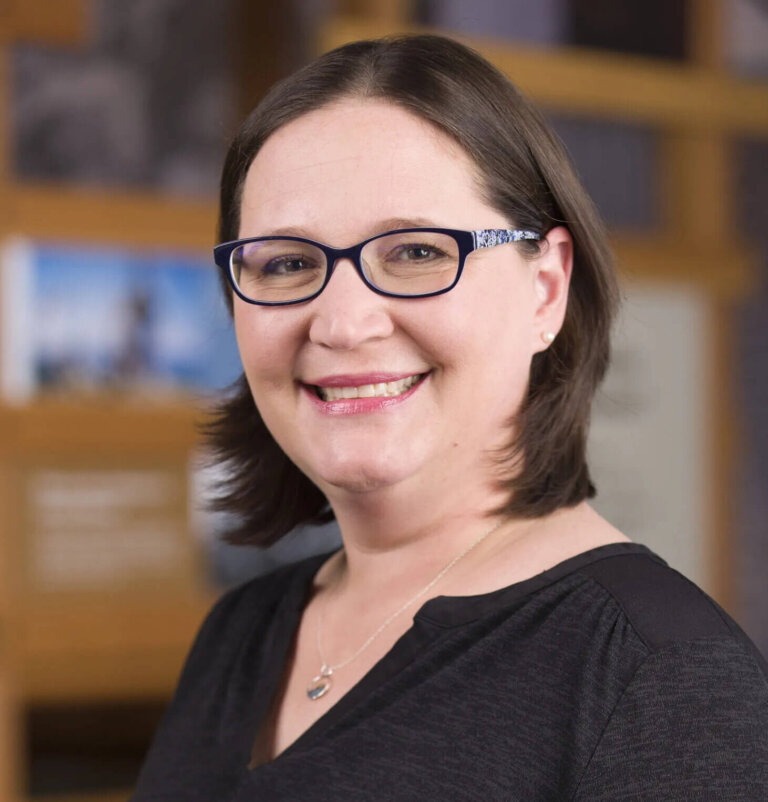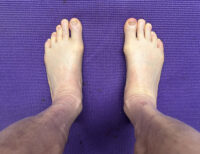By Chrissy Brady, M.A. —
Who did I learn from? When I first realized that I needed to do better by my students in the classroom in preventing bullying, I didn’t know where to start. I feel blessed to have found Learning for Justice (then known as Teaching Tolerance), a project of the Southern Poverty Law Center. Their Speak Up at School program became the bedrock of what I strive to do in my classroom.
And it wasn’t just rhetoric – it was practical application. Their pocket guide gave me prompts that I could easily use in the moment to stop, address, and redirect hateful remarks into learning moments. Ideally, those learning moments build positive relationships, and those relationships break the cycle of bullying.
What do I practice?
So how do I actually implement anti-bullying strategies in the classroom? I found the Recognize, Interrupt, and Repair (RIR) model by Dr. Nancy Dome invaluable. First, I need to recognize when something hateful or mean is being said or done, by others and even myself. Bias is not always obvious (i.e., microaggressions). I need to immediately and publicly interrupt the speech or actions to stop any progression.
Unfortunately, just stopping someone doesn’t make bullying go away. The repair element is critical. Preventing is not about posters, pins, and pledges. It’s about open conversation, making mistakes and not just saying you’ll do better, but actually learning why the mistake was wrong in the first place. Everyone is human.
I’ve made spectacular mistakes. The key is to keep at it myself.
How do I “keep at it” myself?
Keep reading, keep learning, keep reminding myself that I’m not perfect but I can and have to strive to do better. For me and for my students. Why? I once had a student come to me in tears asking, “Why did God do this to me?” It was a turning point in my career because I realized I did not have an answer. I knew the answers for school, but I didn’t have the answers to address trauma or cycles of hate. There are no easy answers there. I’m not going to end bullying all by myself. I can strive to make a positive impact wherever I am, even if it’s just one relationship at
Chrissy Brady, M.A., is Special Education Director at the Hanna Academy.








Be First to Comment